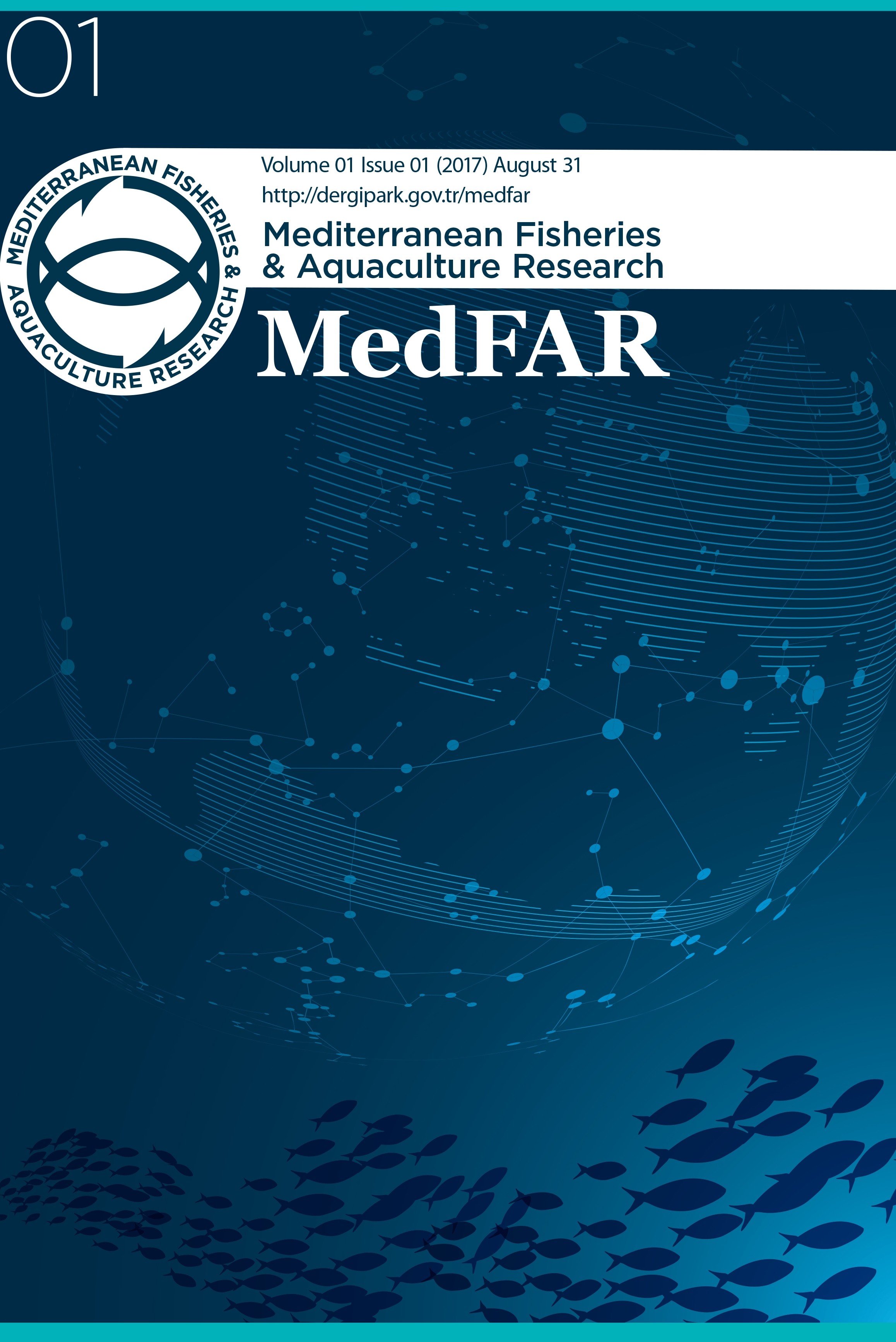Will The New Large-Scale Aquaculture Projects Make Egypt Self Sufficient In Fish Supplies?
Will The New Large-Scale Aquaculture Projects Make Egypt Self Sufficient In Fish Supplies?
Aquaculture; Eygpt,
___
- 1. Al-Ahram Daily Newspaper; Birkat Ghalioun Aquaculture Project; 17, 19 & 24 November 2017; Cairo, Egypt; http://www.ahram.org.eg/NewsQ/624473.aspx. & http://www.ahram.org.eg/NewsQ/623532.aspx.
- 2. Al-Ahram Daily Newspaper; East Suez Canal Aquaculture Project; 11/ September 2016 & 9 January 2017; Cairo, Egypt. http://www.ahram.org.eg/NewsQ/623065.aspx
- 3. Central Agency for Public Mobilization, Statistics (CAPMAS), 2017. Egypt in Figures. http://www.capmas.gov.eg/
- 4. Egypt Council of Ministers, Information and Decision Support Center (IDSC); December 2017; Video: https://youtu.be/rIFROjMvEx0
- 5. FAO - Fisheries and Aquaculture Information and Statistics Branch - 14/07/2017; Rome, Italy. http://www.fao.org/.
- 6. FAO GLOBEFISH Highlights; Tilapia in Egypt: Towards new Horizons; Rome, Italy, 2014; http://www.fao.org/in-action/globefish/market-assets/en/.
- 7. FAO, 2017. Regional review on status and trends in aquaculture development in the Near East and North Africa – 2015, by Abdel-Fattah M. El-Sayed. FAO Fisheries and Aquaculture Circular No. 1135/6. Rome, Italy.
- 8. General Authority for Fisheries Resource Development (GAFRD), 2013-2015. Aquaculture projects and related activities. http://www.gafrd.org/ .
- 9. Feidi, I.: Egypt: A New Milestone in Aquaculture Growth; INFOSAMAK International, No.1 2017; Casablanca, Morocco.
- 10. Feidi, I: Expansion of aquaculture projects to boost seafood production: Arab World Agribusiness Magazine Vol.23/ No.6, 2016; Manama, Bahrain.
- 11. Feidi, I. Opportunities to Increase Seafood Supplies to Arab Fish Markets; Arab World Agribusiness Magazine, Vol. 33/No. 8, 2017; Manama, Bahrain.
- 12. Feidi, I. The Market for Seafood in the Area of Greater Cairo, Egypt; INFOSAMAK; Casablanca, Morocco; April 2004.
- 13. Macfadyen, G et al. 2011. Value Chain Analysis of Egyptian Aquaculture. Project Report 2011- 54. The WorldFish Center. Penang, Malaysia. 84 pp. 14. Macfadyen, G., Nasr-Allah, A., and Dickson, M. 2012. The Market for Egyptian Farmed Fish. WorldFish Center, Egypt. X pp. 15. Megahed, Mohamed E.; Applied Commercial Breeding Program for Nile Tilapia; National Institute of Oceanography and Fisheries, Gulfs of Suez & Aqaba's Branch; Egypt; Global Aquaculture Alliance (GAA) website, Monday, 30 October 2017.
- Başlangıç: 2018
- Yayıncı: Mersin Üniversitesi
An Overview of the Seafood Processing Sector in Some Mediterranean Countries
Büket Buşra DAĞTEKİN, Gulsum BALCIK MISIR, Sebahattin KUTLU
Will The New Large-Scale Aquaculture Projects Make Egypt Self Sufficient In Fish Supplies?
Gülderen KURT KAYA, Özden BAŞTÜRK
Climate Change And European Aquatic Resources-Ceres Project
